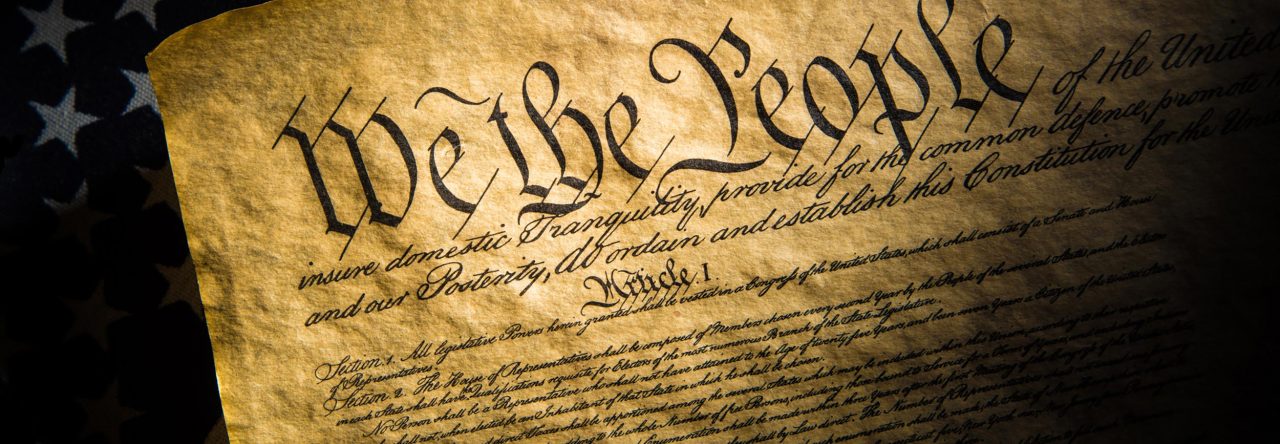Anarchy in New York
Manhattan Institute
After Attorney General William Barr designated New York, along with Portland and Seattle, as “anarchistic” cities, Gotham mayor Bill de Blasio expressed outrage. He characterized it as a political attack on “black and brown cities”—though Portland and Seattle are two of the whitest cities in the nation—and denied that New York is remotely lawless or otherwise anarchic. Now the mayors of the three jurisdictions, facing the loss of federal funding, have sued the administration, calling the designation false and illegal.
It’s true that New York City wouldn’t be confused for Tegucigalpa or Mogadishu. And its violent crime rate, while soaring, is still much lower than that of Baltimore or St. Louis, for instance. But comparing New York today with the New York of even a few years ago makes clear that the city is undergoing a serious fracturing of civic order—one trending toward further disintegration.
One late summer Sunday morning, Demetrius Harvard, a 30-year old Bronx man, stood on a subway platform in Greenwich Village and methodically threw construction material onto the tracks. Bystanders tried to stop him, and someone even went into the train well to remove the debris, but Harvard persisted in his sabotage. Eventually, he succeeded in derailing an uptown A train, injuring several passengers.
You had to read to the end of tabloid news reports to get the real story. Two weeks earlier, in the same neighborhood, Harvard had tossed a steel bench through a bus window. He was arrested, charged with criminal mischief, and immediately “ROR’d”—released on his recognizance—with no bail.
This cycle is now all too common in New York, where public order and safety have been buffeted by chaotic forces. Criminal-justice reform at the state level removed bail as an option for all but the most heinous charges. Locally, the NYPD has stopped enforcing many quality-of-life laws. The city council passed a law forbidding cops from applying pressure to the chest or back of an arrestee while trying to handcuff him, on the premise that this tactic is tantamount to asphyxiation; officers dealing with a resisting suspect would thus potentially face assault charges if they attempt to restrain him with vigor.
The Covid-19 pandemic led to the release of inmates from jails and prisons across New York. “The number of New Yorkers held in NYC jails has plummeted, shrinking by 27% in ten weeks, a steeper population decline than in all of last year,” boasted the mayor’s Office of Criminal Justice. “The jail population is at a number not seen since 1946.”
That would be good news if the incarcerated population were tracking the crime rate, but the exact opposite is true. Crime is up dramatically, as released inmates, now adjusted to a climate of permissiveness, resume criminal activity. Advocates for reform sneered at the suggestion that bail reform or pandemic-related releases were responsible for the lawless surge, but arrests have plummeted across the city. It goes against common sense to assume that the rise in crime has nothing to do with the release of thousands of career criminals into the community.
In New York City, it feels as though things are getting out of control. When wildcat protests can take over the streets, blocking traffic at will while cops indicate they have been ordered to stand down, one observes a lack of order. Homeless drug addicts set up camp on lower Broadway and shoot up openly—a sight hard to imagine not long ago, but now common. Hotels on the Upper West Side have been converted into homeless shelters; when neighbors complain about random crime, public defecation, and harassment, local elected officials excoriate them as racists.
Late one night in July, I was walking my dogs around Washington Square Park. Earlier that day, I had noticed a car with Florida plates and a curious open storage area on its roof, jerry-rigged together with brackets and chicken wire, holding an array of clothes, camping gear, and household goods. As I neared the car that night, I noted that its front door was open and that someone was sitting sideways in the driver’s seat, holding something between his knees. As I passed, he raised a large, compound crossbow, took aim at me through its scope, and pivoted in his seat, tracking my movement.
As soon as I was out of his range of fire, I called the police, who arrested him. They seized his crossbow—loaded with a quarrel, or bolt—and also a machete. He was charged with menacing with a deadly weapon, a class A misdemeanor that could result in up to a year in jail. He was RoR’d immediately, the only condition being that he had to agree to the conditions of a temporary restraining order keeping him from contacting me.
I looked him up on the Internet. He has a significant criminal history, including sexual violence and assault charges. He is also—in layman’s terms—out of his mind. His Facebook profile includes a video of him demonstrating how long he can hold his arm over fire, titled, “I demand my retribution,” as well as rants about Jesus, the devil, and the true meaning of AIDS.
It took about ten minutes to find out that this guy is seriously disturbed and has a documented history of criminal violence. Yet a few hours after he had pointed a loaded deadly weapon at a stranger, the justice system in New York City turned him loose, back to live in his illegally modified car.
All this may not amount to “anarchy,” in a purist’s sense of the word. But it isn’t the New York City that Bill de Blasio inherited, either.


Leave a Reply